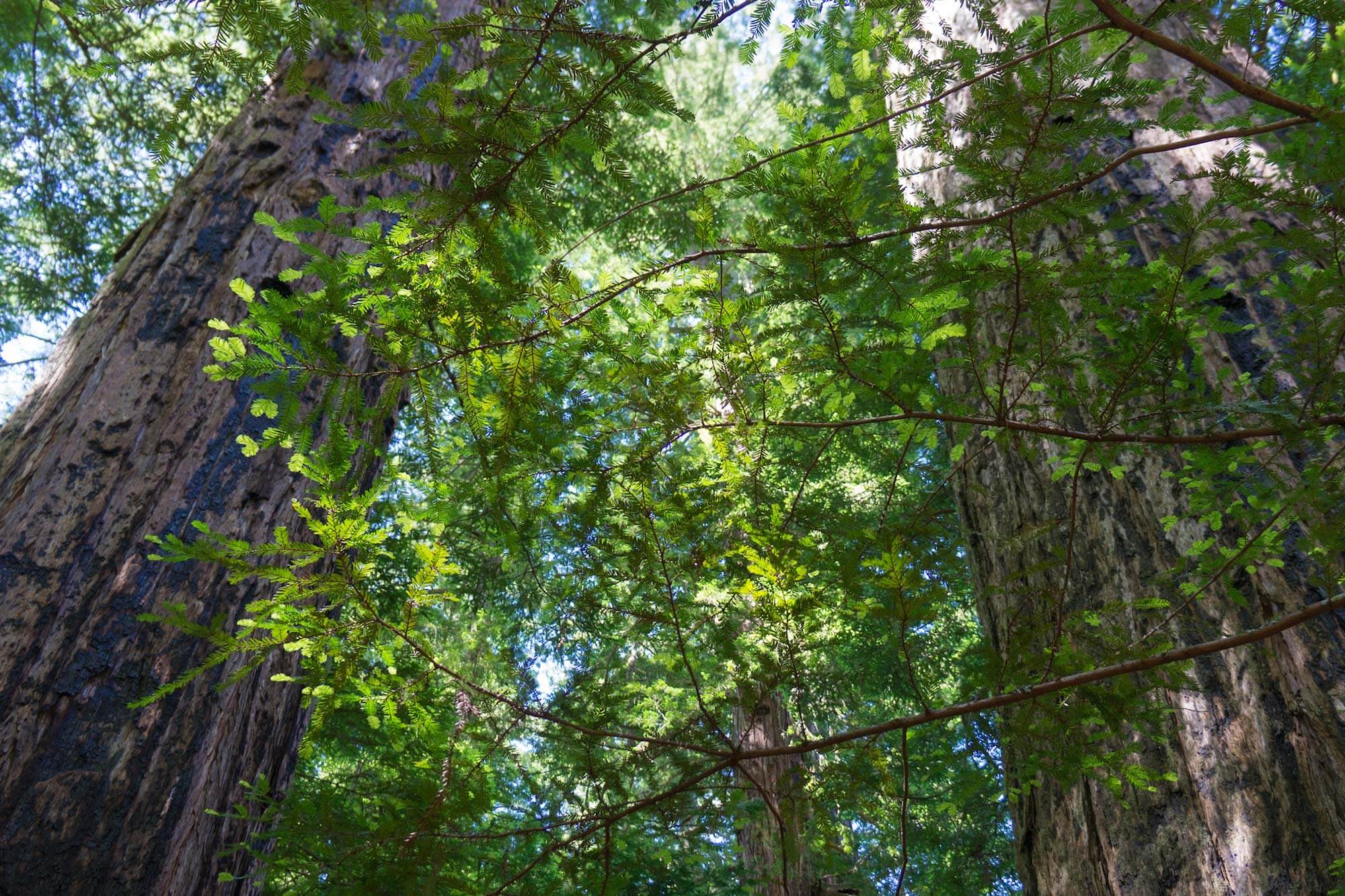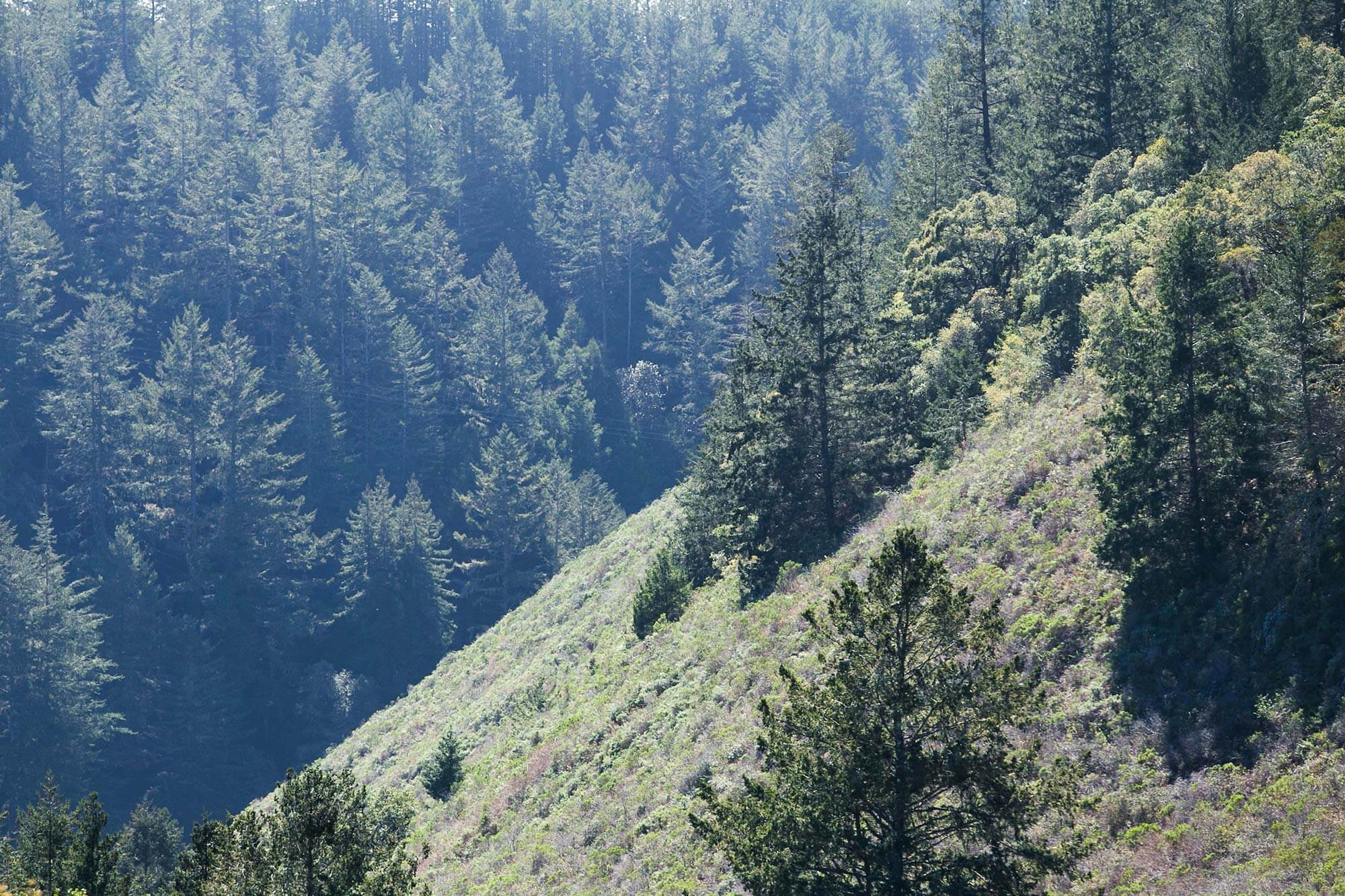Coast Redwoods Fight Climate Change
Denying Climate Change Despite a Radically Changing Climate
Over the last decade, Americans have become increasingly concerned about climate change and its effects on our lives and communities. In recent years, our planet has reached its highest temperatures ever recorded. New records are being set every year. Catastrophic weather events are no longer rare and surprising. They are frequent and becoming more ferocious and unpredictable.
We are emerging from a particularly troubling era of dangerous climate policy. The Trump administration drastically shrank the Environmental Protection Agency’s budget and reduced its staff. It dismantled the Obama-era Clean Power Plan, which would have closed hundreds of coal-fired power plants and prevented the construction of new ones. And the administration withdrew from the Paris Climate Agreement, diminishing any immediate actions we would take to address climate change on a global scale.
These efforts will result in far-reaching effects on the global and local environment—effects that will persist beyond the length a presidential term. That’s why it’s more important than ever to fight climate change on a local level.

Redwood canopy at Lagomarsino. Photo by Rebecca Thomas.
Coast Redwoods and the Climate Change Fight
Sempervirens Fund is committed to protecting the redwood forests of the Santa Cruz Mountains—and for good reason. Coast redwoods are more than just a remarkable and iconic species. Studies show that coast redwoods capture the most carbon dioxide (CO2) compared to any other tree on Earth; protecting redwood forests is one way to help put the brakes on global climate change.
Purchasing a redwood forest for conservation purposes is only the first step. After acquiring a property, Sempervirens Fund takes measures to restore forest habitats that have been degraded by human activity, especially turn-of-the-century clear-cutting. Healthy redwood forests—those with old-growth characteristics—have the capacity to store the most carbon dioxide of any forest type. By using a number of experimental forestry techniques, we can likely accelerate healthy growth in young, second-growth redwood forests while doing our part to decelerate the impacts of climate change.
When Sempervirens Fund protects a property, we are also ensuring habitat connectivity for wildlife. Many species—such as mountain lions and the American badger—need vast expanses of land to thrive. And as the climate changes, we expect the range of many species to shift.
Beyond the inherent benefits of protecting coast redwoods, Sempervirens Fund leads projects to explicitly fight climate change. The Lompico Forest Project, which started in 2008, is one of those efforts. Before Sempervirens Fund bought the 425-acre Lompico forest, 60% of its redwoods trees were slated to be cut down. Now, as the redwoods continue to grow and store carbon, Sempervirens Fund sells carbon credits to energy consumers. When a company purchases carbon credits, they are raising the funds needed to protect the Lompico Forest. At the same time, they are offsetting their own carbon footprint. Together we continue to make a positive impact on climate change.
Additional Resources

View from San Vicente Redwoods. Photo by Ian Bornarth.

